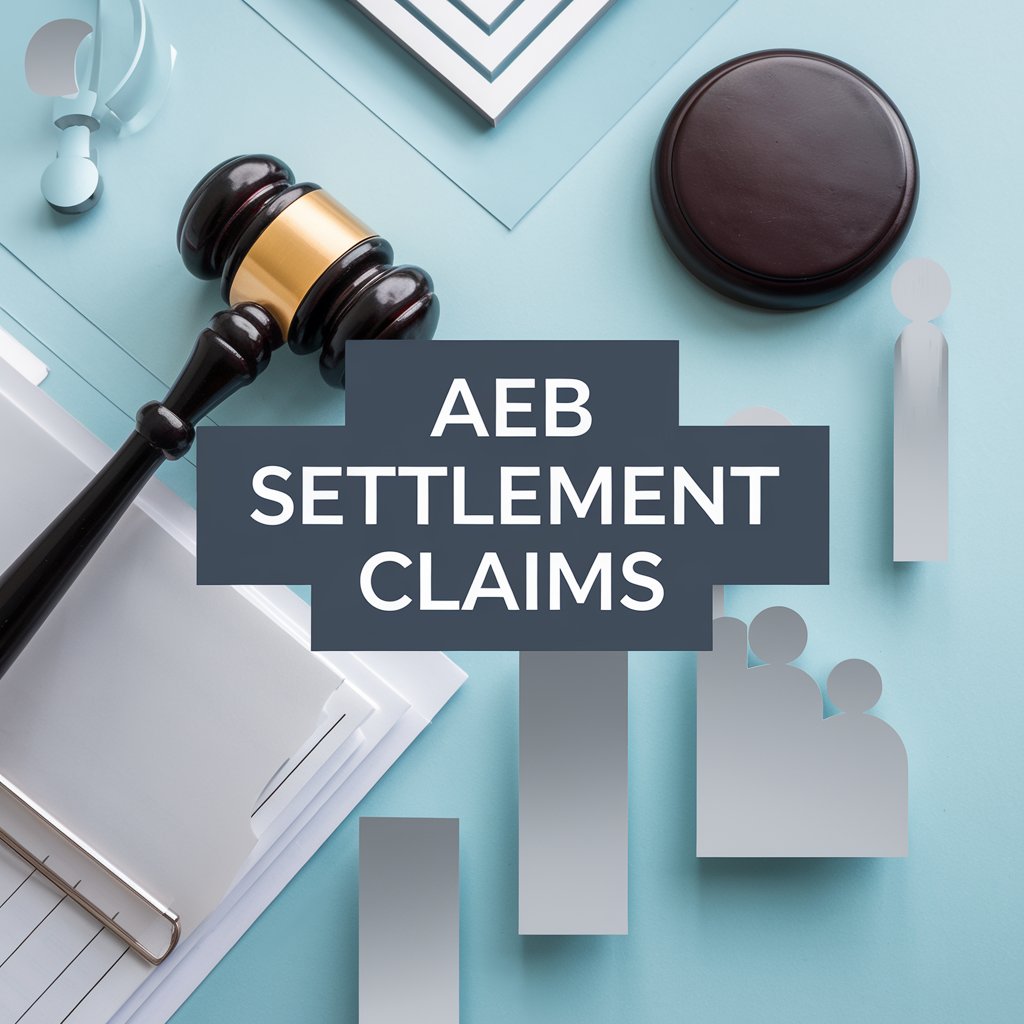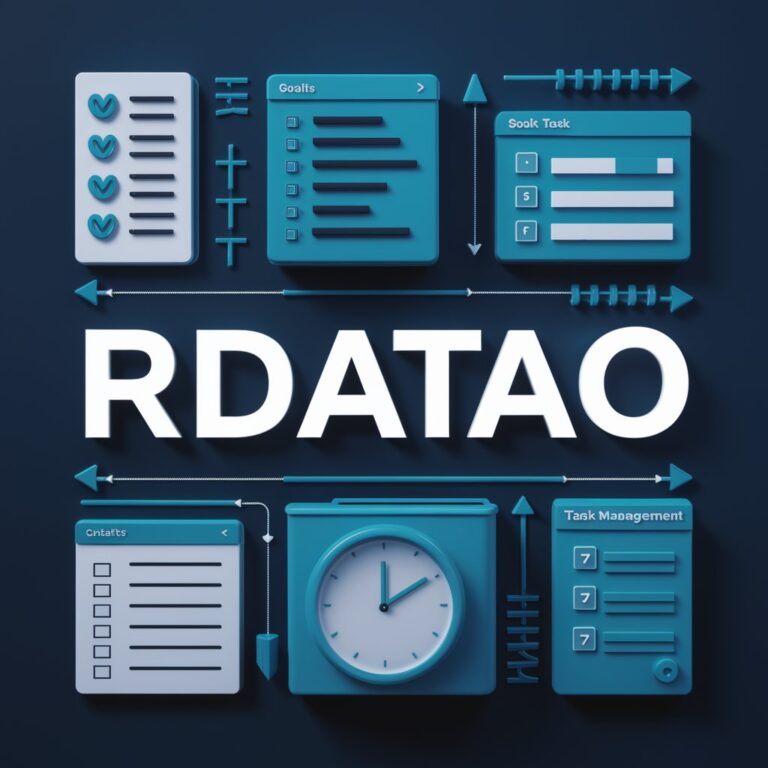A Comprehensive Guide to AEB Settlement Claims: Everything You Need to Know
Introduction
Welcome to our detailed guide on AEB Settlement Claims. In this article, we’ll explore what AEB settlement claims are, the process involved, how to file a claim, and much more. Whether you’re a claimant or just curious about the settlement process, this guide will provide you with all the information you need.
Welcome to the class action settlement site. Here, you can find essential information including Frequently Asked Questions, the Claim Form, Notice, Settlement Agreement, and Complaint details.
Table of Contents
- What Are AEB Settlement Claims?
- Understanding the Settlement Process
- The Role of Class Action Lawsuits
- The Settlement Agreement
- Claims Administration
- How to File an AEB Settlement Claim
- Eligibility Criteria
- Steps to File a Claim
- Important Documents
- Common Questions About AEB Settlement Claims
- Tips for Successful Claim Filing
- Conclusion
What Are AEB Settlement Claims?
AEB Settlement Claims refer to claims made in relation to a class action settlement involving AEB (a placeholder term for a company or entity involved in legal disputes). These claims arise from legal actions where a group of individuals (the class) has been affected by the actions of a company or organization. The settlement is an agreement to resolve these claims without going to trial.
Key Points:
- Class Action Lawsuit: A legal action where a group of people with similar grievances collectively sue a defendant.
- Settlement: An agreement reached between parties to resolve the lawsuit, often involving compensation or other remedies for affected individuals.
- Claims Process: The procedure through which individuals file to receive their share of the settlement.
Understanding the Settlement Process
The Role of Class Action Lawsuits
Class action lawsuits allow individuals to join together to file a claim against a company or organization. This is often necessary when individual claims are too small to justify separate legal actions. The court will oversee the lawsuit and the subsequent settlement to ensure fairness.
Advantages:
- Efficiency: Consolidates multiple claims into one lawsuit, saving time and resources.
- Fairness: Ensures that all affected parties receive compensation.
The Settlement Agreement
A settlement agreement outlines the terms under which the parties agree to resolve the dispute. This includes how much compensation will be provided, how it will be distributed, and any other terms related to the resolution of the claim.
Key Components:
- Settlement Amount: The total amount agreed upon to be paid to claimants.
- Distribution Plan: How the settlement amount will be divided among the claimants.
- Release of Claims: The agreement that claimants will not pursue further legal action once the settlement is accepted.
Claims Administration
Claims administration involves managing the process of distributing the settlement funds to the eligible claimants. This is often handled by a third-party administrator who ensures that all claims are processed fairly and in accordance with the settlement agreement.
Responsibilities:
- Verification of Claims: Ensuring that all submitted claims are valid and meet the eligibility criteria.
- Distribution of Funds: Allocating the settlement funds to approved claimants.
- Communication: Keeping claimants informed about the status of their claims and any necessary actions.
How to File an AEB Settlement Claim
Eligibility Criteria
To file a claim, you must meet certain eligibility criteria outlined in the settlement agreement. These criteria typically include being a member of the class affected by the defendant’s actions.
Common Criteria:
- Proof of Purchase or Membership: Documentation showing that you were affected by the issue.
- Timeliness: Filing your claim within the deadlines specified in the settlement agreement.
Steps to File a Claim
- Review the Settlement Notice: Read the details provided in the settlement notice to understand your rights and the process.
- Complete the Claim Form: Fill out the claim form accurately, providing all required information.
- Submit Supporting Documents: Attach any necessary documents that support your claim.
- Submit Your Claim: Send the completed form and documents to the claims administrator by the deadline.
Helpful Tip: Double-check all information before submission to avoid delays or rejections.
Important Documents
- Claim Form: The official form required to file a claim.
- Proof of Purchase: Receipts or other evidence that show your purchase or involvement.
- Identification: Documentation to verify your identity.
Common Questions About AEB Settlement Claims
Q1: What happens if I miss the deadline for filing my claim?
A1: Missing the deadline may result in your claim being denied. It is crucial to file your claim as soon as possible and within the specified timeframe.
Q2: How do I know if my claim is approved?
A2: You will receive communication from the claims administrator regarding the status of your claim. This may include notifications of approval or requests for additional information.
Q3: Can I appeal if my claim is denied?
A3: Many settlements allow for an appeals process. Check the settlement agreement for details on how to appeal a denial.
Q4: How long does it take to receive compensation?
A4: The timeline for receiving compensation varies depending on the complexity of the settlement and the number of claims filed. The claims administrator will provide updates on the expected timeline.
Tips for Successful Claim Filing
- Read the Settlement Agreement Thoroughly: Understanding the terms will help you ensure that you meet all requirements.
- Gather All Necessary Documents: Ensure that you have all required documentation to support your claim.
- Complete the Claim Form Accurately: Double-check for any errors or omissions.
- Submit Your Claim on Time: Adhere to all deadlines to avoid missing out on compensation.
Conclusion
Filing an AEB settlement claim can seem complex, but understanding the process and following the necessary steps can help you successfully navigate it. By familiarizing yourself with the key components of the settlement and ensuring that your claim is complete and submitted on time, you can increase your chances of receiving compensation.
If you have further questions or need assistance, consult the settlement notice or contact the claims administrator for guidance.






